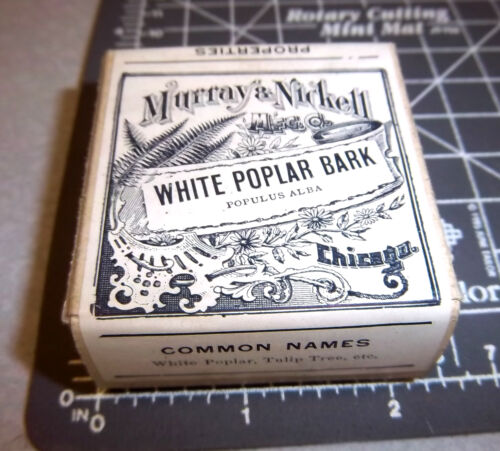[1] British Herbal Pharmacopoeia 1983
Published by the British Herbal Medicine Association ISBN 0 903032 07 4.
[2] Herbal Materia Medica Course Notes For Diploma of Naturopathy and Diploma
of Herbalism Students by Lydia Mottram.
[3] Potter's New Cyclopaedia of Botanical Drugs and Preparations R.C.
Wren Revised by Elizabeth M. Williamson and Fred J Evans. First published in
Great Britain in 1988 and reprinted in 1989 and 1994 by the C. W. Daniel Company
Limited. 1 Church Path, Saffron Walden Essex. Published 1988 Printed and bound
by Biddles, Guildford ISBN 085207 1973.
Images
1.
en.wikipedia.org
by Famartin CC BY-SA 3.0
2.
perverdonk.com
by Isabella Co, Michigan
3.
ebay.com.au
4.
etsy.com
 Populus
tremuloides.- American aspen
P. alba.- White poplar,
P. nigra.- Black poplar
Family: Salicaceae
Populus
tremuloides.- American aspen
P. alba.- White poplar,
P. nigra.- Black poplar
Family: Salicaceae

